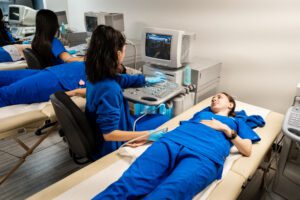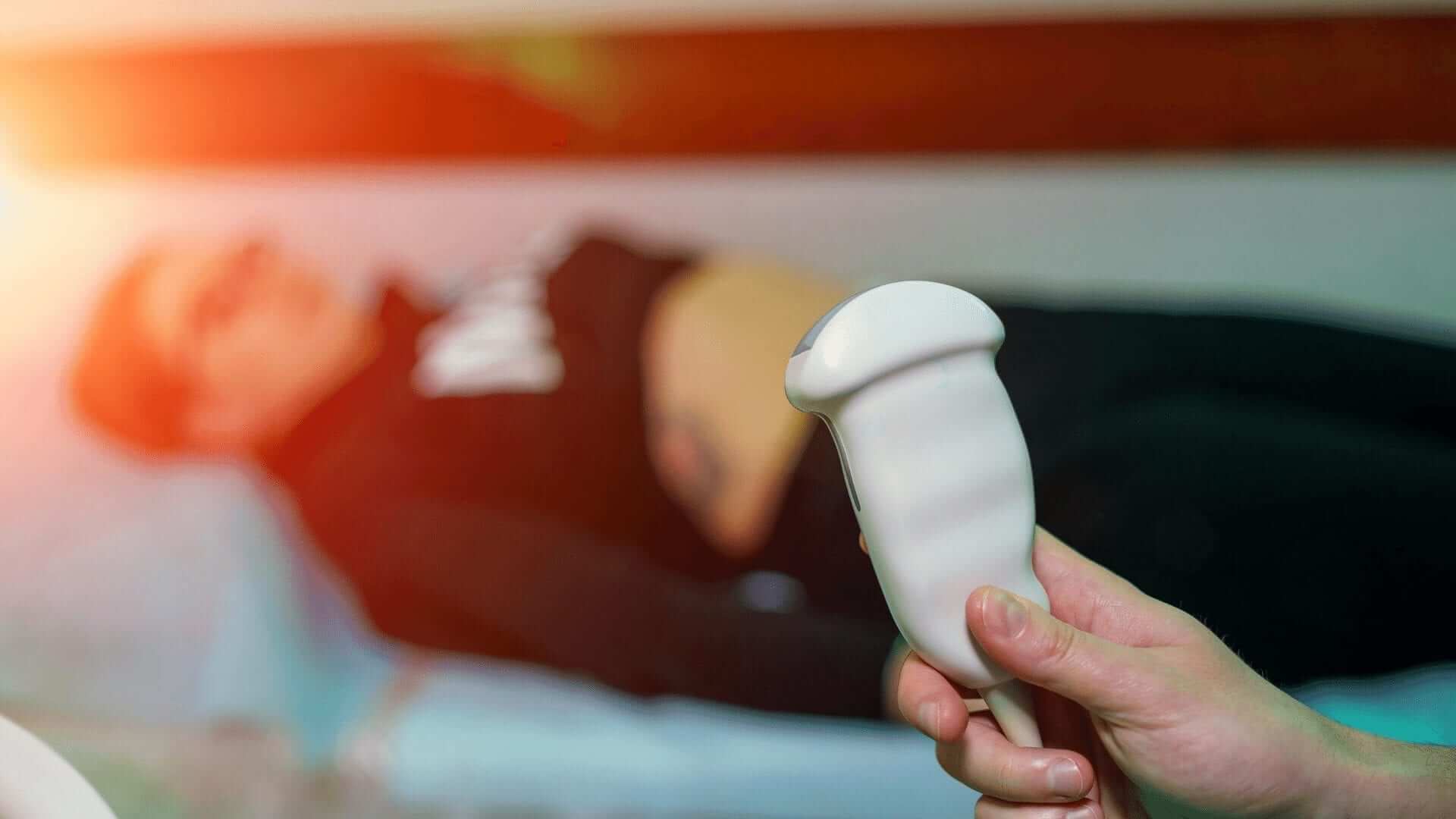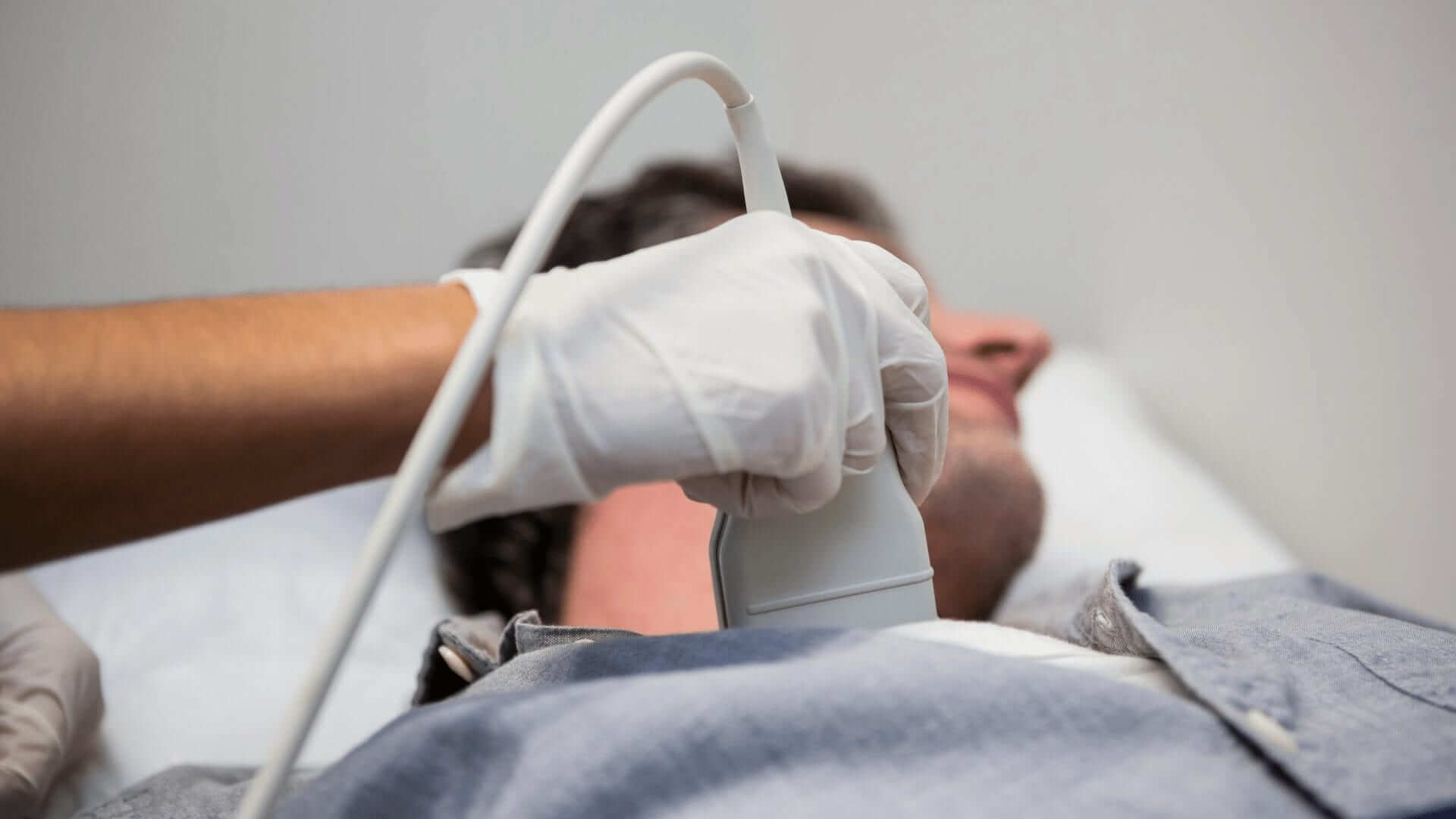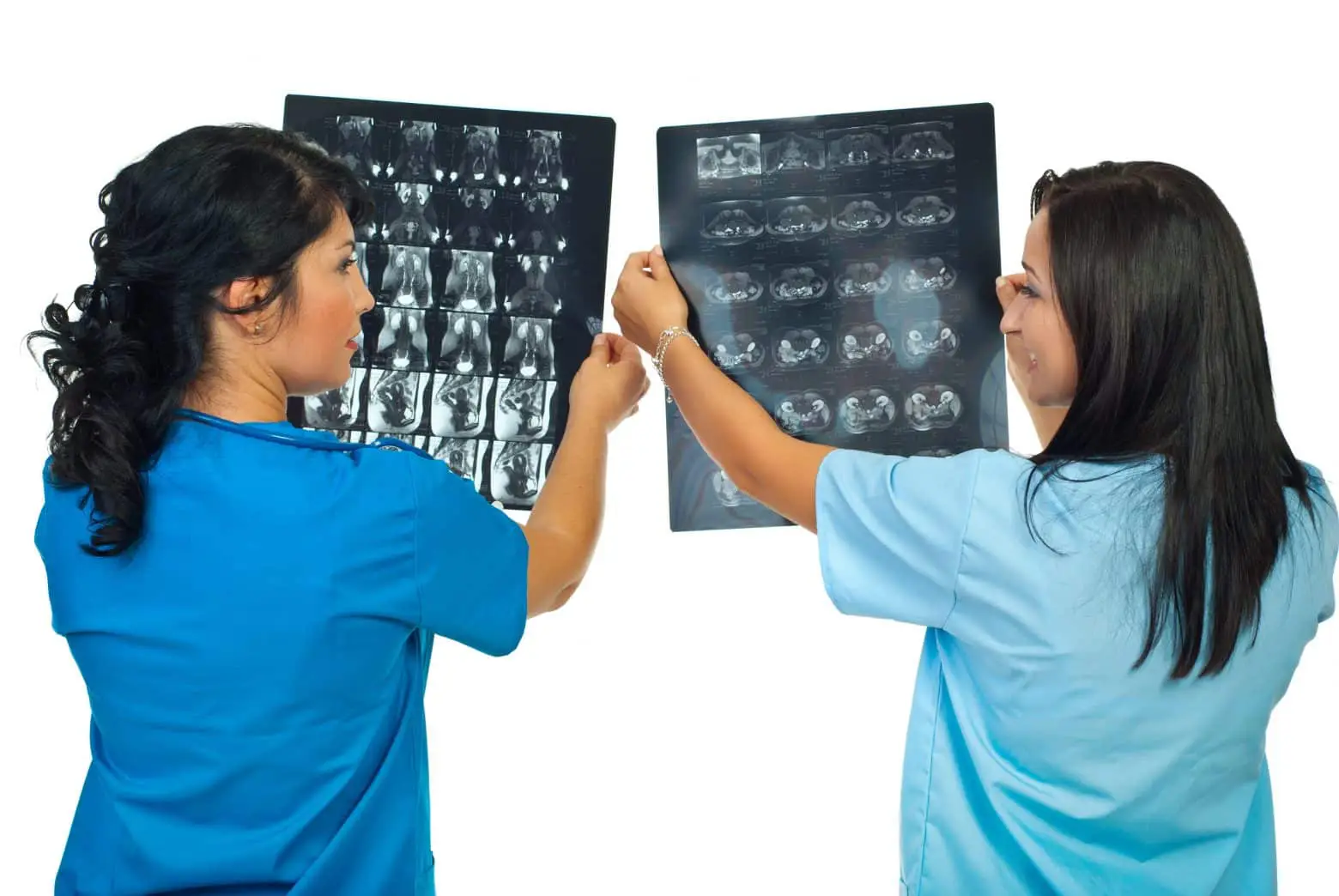A Sonography Route is a Vocation for the Future
Date: October 17, 2023
Pursuing a diagnostic medical sonography (DMS) education may result in an exciting career and enriching service life. Namely, a technologist might use their education to assist patients and physicians facing significant medical decisions. I.e., They may find the cause of abdominal pain and swelling. Or they may determine the presence of cysts. Best of all, early diagnosis can mean helping save a life. Beyond being heroes, what is a role in sonography? What is a DMS technologist?
The DMS Technologist
In short, this DMS technologist provides patient services. Moreover, they do this using medical ultrasounds to gather data. Data is then used to diagnose various conditions and diseases. By and large, the technologist does this by using advanced computerized technology to produce images.1 Thus, images are viewed on a video screen or converted by a computer to produce photographs or printouts of ultrasonic patterns. Whereby the imaged patterns help physicians determine diagnoses.1
Where Do Technologists Work?
Often, sonographers and technologists work in healthcare settings, such as hospitals and physician offices. Similarly, others work in clinics and private offices. Or they may serve in facilities performing examinations in their areas of specialization. Accordingly, some experienced sonographers work on a contractual basis. Still others work for mobile services.1 Moreover, most positions are full-time. On the other hand, part-time work is also common.2
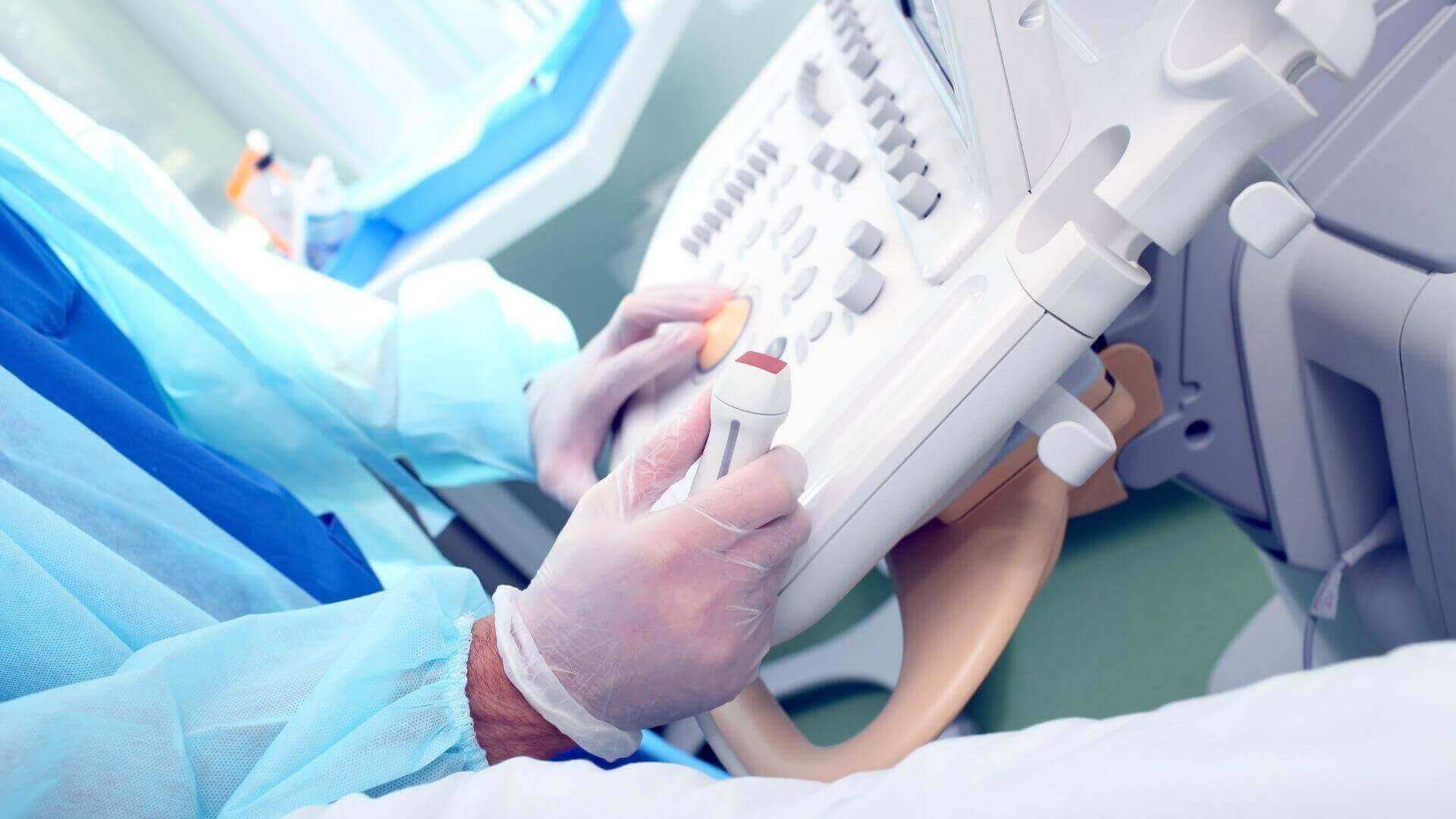
What Areas Do Ultrasounds Cover?
Ultrasounds are popular for obstetric and gynecologic (OB/GYN) uses. But, there are multiple ultrasound types besides those used in pregnancy. By and large, sonography is standard across other medical areas. Summarily, these allied services include the following:
1. Abdominal—the abdominal cavity, including the gall bladder, kidney, liver, pancreas, or spleen. To diagnose cysts and tumors or to view blockages and blood clots.3
2. Breast—typically follows a mammogram. Quickly confirms the presence of cysts in dense breast tissue or differentiates between fluid-filled cysts and hard masses.3
3. Pediatric—with children and infants associated with ascertaining premature births or congenital disabilities.3
Allied Services are By and Large Vast
4. Musculoskeletal—muscles, ligaments, tendons, joints, and soft tissues. Patients suffering from bursae, torn rotator cuffs, muscle tears, or early rheumatoid arthritis.3
5. Ophthalmologic—eye abnormalities, including cataracts and vitreous hemorrhaging.3
6. Vascular—in blood vessels to help evaluate the blood flow to tissues and organs.3
7. Cardiac—heart, including chambers, valves, and vessels. It may involve sub-areas: fetal echocardiography, pediatric echocardiography, and adult echocardiography.3
8. Neurosonography—the nervous system, the brain, and spinal cord, such as stroke, brain tumors, and aneurysms. Also, paralysis, herniated discs, and multiple sclerosis.3
Ultrasound Advancements
Every day, the industry grows and expands. To date, advancements in ultrasound technology include three-dimensional ultrasound. Specifically, this formats the soundwave data into 3-D scans. Additionally, there are also four-dimensional (4-D) ultrasounds. You can think of these as 3-D ultrasounds in motion.
Progression and evolution dot the industry, with growth and expansion the norm. For instance, a recent article by GE Healthcare indicates some exciting developments in the field. Many of these would be considered future sci-fi inventions just a few years ago. However, ultrasound developments are real and exist in current medical climates today. Accordingly, a few examples are given below.
Robotic Surgery
One ultrasound advancement is robotic surgery. According to an article by GE Healthcare, “the fast-growing and relatively new field of real-time surgical visualization is aiding pre- and post-operative ultrasound capabilities. In brief, this allows surgeons to provide a continuum of care from diagnosis through minimally invasive or robotic surgery and beyond.”4
Portable Ultrasound
A second advancement is portable ultrasound. In 2021, Vscan globally released a third-generation handheld Vscan Air. Significantly, this pocket-size ultrasound device wirelessly pairs with modern smartphones. For this reason, it is simple and easy to use. Meanwhile, an app guides the user with one-click imaging.4
AI and Ultrasound
Still, a third advancement is AI built directly into devices. Essentially the feature “enables clinicians to spend more of their time engaging with patients, rather than fiddling with the device or technology,” states GE CEO and President Roland Rott. “AI algorithms help identify diseases more efficiently and with greater accuracy. In short, critical cases can be prioritized and treatment mapped out quickly.”4
A Growing Field
Finally, sonography is an upwardly growing field. According to the U.S. Bureau of Labor Statistics, overall employment of diagnostic medical sonographers and technologists is projected to grow ten (10) percent from 2022 to 2032. Notably, this expansion is much faster than the average for all occupations.2 As a result, about 9,600 openings for diagnostic medical technologists are projected each year, on average, over the decade.2 Many of those openings are expected to result from the need to replace workers.2
Be Part of the Future Today
With all that sonography has to offer, isn’t it time to consider this for your future? Entry-level positions in this field can be two-year associate degrees. While more advanced training includes four-year bachelor-level degrees.
In conclusion, all that stands in your way is training and certification. Take hold of your future today. To learn about our A.O.S. in Ultrasound Technology Program, click here.~
Citations
1^a, b, c “Diagnostic Medical Sonography.” Gale Encyclopedia of Nursing and Allied Health. Encyclopedia.com. (Accessed October 12, 2023.)
2^a, b, c, d Bureau of Labor Statistics, U.S. Department of Labor, Occupational Outlook Handbook, Diagnostic Medical Sonographers and Cardiovascular Technologists and Technicians. (Accessed October 11, 2023.)
3^a, b, c, d, e, f, g, h “Nine Ways Diagnostic Medical Sonographer Jobs Are Growing.” Www.amnhealthcare.com, AMN Healthcare. (Accessed October 11, 2023.)
4^a, b, c Rott, Roland. “The Enormous Potential of Ultrasound: Making a Difference in Patients’ Lives.” Gehealthcare.com. June 2022. (Accessed October 12, 2023.)

